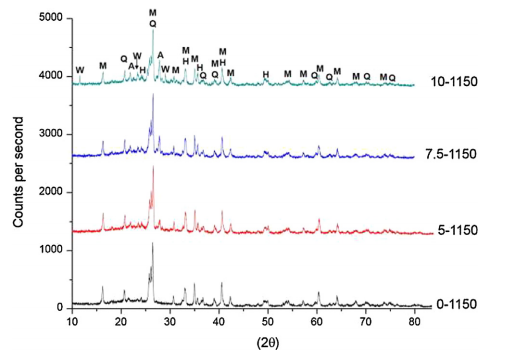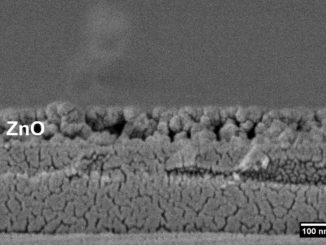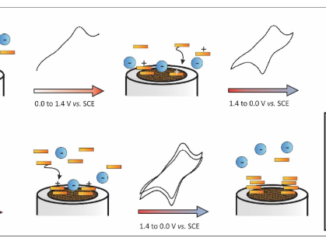
Influence of the addition of phosphogypsum on some properties of ceramic tiles
Abstract: Phosphogypsum (PG) is a waste from phosphoric acid production, and this work evaluates the use of PG as an additive in ceramic manufacturing. Ceramic samples were produced by adding different concentrations of PG (5, 7.5, and 10 wt%) to natural clay, and sintering at 950, 1050, and 1150 degrees C. Technological and mechanical properties of the obtained ceramics were evaluated. Moreover, the U.S. EPA’s toxicity characteristic leaching procedure, Index “I”, and the effective radium activity were calculated to evaluate the environmental risks. The use of PG improves the sintering behaviour and the bending strength, while also the environmental impact is negligible. (C) 2018 Elsevier Ltd. All rights reserved.
Author(s): Contreras, M; Teixeira, SR; Santos, GTA; Gazquez, MJ; Romero, M; Bolivar, JP
CONSTRUCTION AND BUILDING MATERIALS
Volume: 175 Pages: 588-600 Published: JUN 30 2018
PDF: Influence of the addition of phosphogypsum on some properties of ceramic tiles
DOI: 10.1016/j.conbuildmat.2018.04.131




